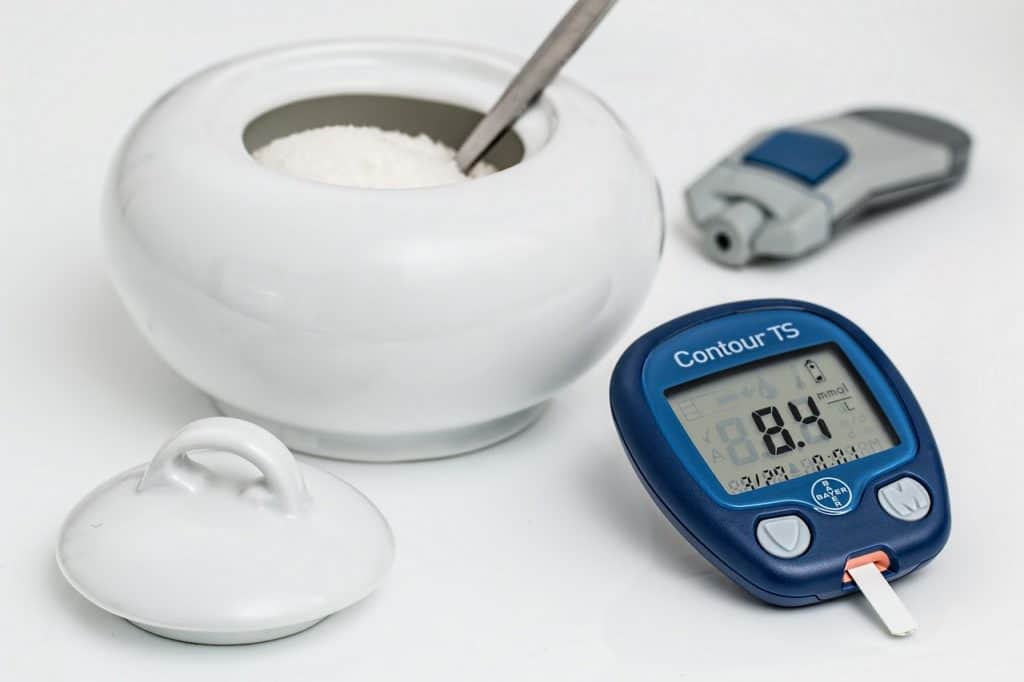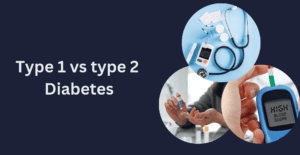If you have both diabetes and high cholesterol, you’re not alone. The American Heart Association (AHA) states that diabetes often lowers HDL (good) cholesterol levels. And raises triglycerides and LDL (bad) cholesterol levels. Both of these increase the risk for heart disease and stroke.
So, are diabetes and high cholesterol related?
The American Heart Association (AHA) states that diabetes can cause a condition known as diabetic dyslipidemia.
Research indicates that diabetic dyslipidemia has links with lower levels of HDL cholesterol and elevated levels of LDL cholesterol, as well as triglycerides.
HDL cholesterol is called “good” cholesterol, while LDL cholesterol is “bad” cholesterol.
When a person’s LDL cholesterol levels rise too high, LDL cholesterol can form plaques that narrow or block blood vessels. As a result, individuals are at a higher risk of cardiovascular disease or stroke.
According to a recent study shows, people with diabetes can remain at an elevated risk of heart disease even with well-controlled blood glucose levels.
The researchers also state that a person can improve their coronary health by reducing their cholesterol levels.
Researchers don’t have all the answers yet and continue to grapple with how diabetes and high cholesterol are related. In one study they found that blood sugar, insulin, and cholesterol all interact with each other in the body and are affected by each other. They just weren’t sure exactly how!
How is high cholesterol levels are dangerous?
High cholesterol levels can be dangerous. Cholesterol is a type of fat that can build up inside the arteries. Over time, it can harden to form a stiff plaque. That damages arteries, making them stiff and narrow and inhibiting blood flow.
The heart has to work harder to pump blood, and the risk for heart attack and stroke goes up.
Following cholesterol levels are healthy for adults:
- Total cholesterol: 125–200 milligrams per deciliter (mg/dl)
- Non-HDL cholesterol: less than 130 mg/dl
- LDL cholesterol: less than 100 mg/dl
- Total HDL cholesterol: The healthy level varies by sex: for biological males, it is 40 mg/dl or higher, and for biological females, it is 50 mg/dl or higher.
Conclusion
Diabetes and high cholesterol can often occur together, but there are ways to manage both conditions. Maintaining a healthy lifestyle and monitoring your cholesterol levels when you have diabetes are important ways of managing both conditions.
It is important that you’re aware of the combination of the two. Even if you keep your blood sugar levels under control, your LDL cholesterol levels may still go up. However, you can control both of these conditions with medications and good lifestyle habits.









